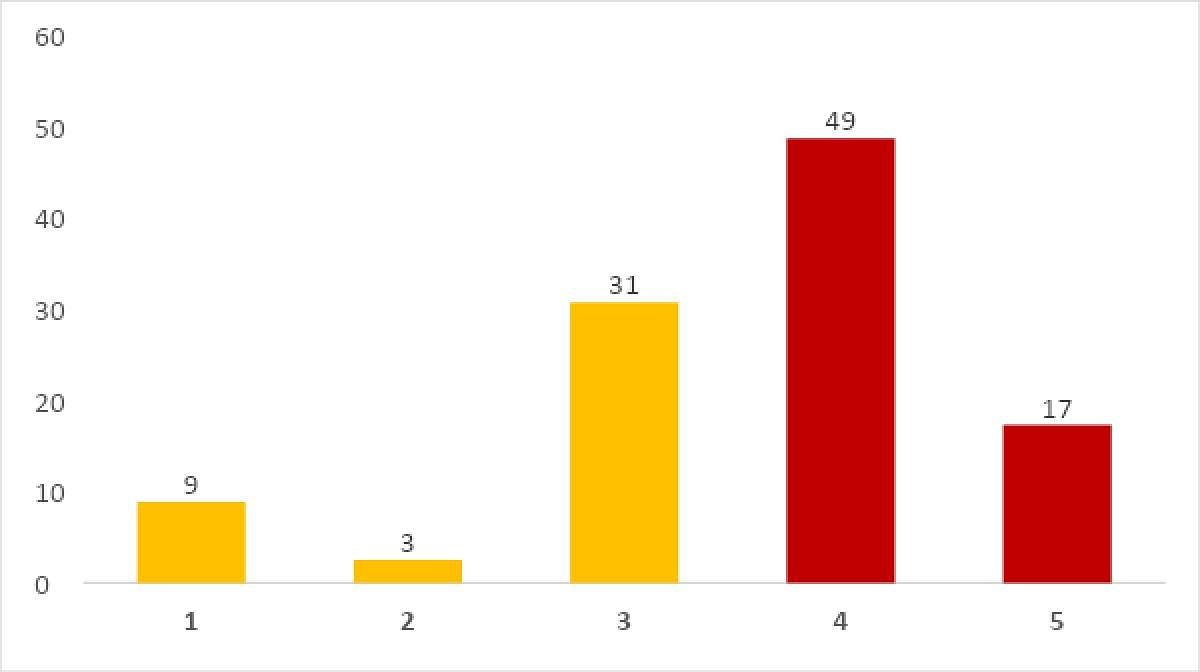Claims and counter-claims have characterised the debate about the scenario of employment and unemployment in the country. Both government and private agencies shell out various shades of data and information to prove a point. Going by the official data set, it is seen that the government collects and collates employment data using various methodologies, one of them is in the form of Periodic Labour Force Survey (PLFS).
The Survey provides annual and quarterly indicators of employment and unemployment. It throws up some interesting and intriguing dimensions which deserve discussion. We had a look at the unit level PLFS data for the period 2017-18 and 2019-20.
The overall employment rate was in the steady range of around 47% to 51% in the time period of 2017-18 to 2019-20, implying that half of the persons in the age group of 15 and above are employed in one form or the other.
However, by drilling down the employment rate data, we found some chilling revelations. The employment rate amongst females is a third of males’ employment rate in the period of 2017-18 to 2019-20. In other words, for every three employed males, there is only one employed female.
The stark difference is undeniable depressing. Here the usual rural-urban dichotomy is absent — a similar pattern of lower employment rate among females existed in both rural and urban areas. The low rate of female participation in the workforce is still the dominant factor in the Indian employment scenario.
Looking at the growth in the overall employment rate, it is seen that it grew at around 9% in 2019-20 over 2017-18. Interestingly, this growth was spearheaded by the growth in females’ employment rate. It grew by around 31% as against a mere 3% growth in the male employment rate. This is something to cheer about and is a positive development, albeit the fact that it happened in the background of low employment rate amongst females.
Curiously, digging further into the employment data, we found that the phenomenal growth in females’ employment rate was largely driven by the rise in female unpaid family workers. Female unpaid household members are those who assisted in the operation of economic activity in the household farm or non-farm activities. This category of female workers grew at 49% in rural areas and at 17% in urban areas.
The question that begs us is whether we are entering a scenario where female unpaid workers are heavily contributing to economic activity without being paid, with no improvement in their financial status? We are not hazarding any guess at this moment. It would require some more in-depth analysis.
Conclusion
Our current findings can be summed up something like this — (i) the overall employment rate in the country is around 50%, but females’ employment rate is only a third of males’ employment rate, and (ii) increasing growth in females’ employment rate is largely being contributed by female unpaid workers.
If this phenomenon persists, then timely and adequate policy initiatives should be put in place to compensate these female unpaid workers to enhance and strengthen their financial well-being. Their productive contribution to economic activity should not go unremunerated financially.
(Baruah is Senior Research Analyst, National Council of Applied Economic Research (NCAER), New Delhi. Wankhar is a retired Indian Economic Service Officer)
